Wabi-Sabi Decor: Harnessing the Beauty of Imperfection
Posted On September 28, 2021There are many lessons to learn from Japanese culture, most notably in terms of aesthetics and perspective. Wabi-sabi is one such concept that teaches us that what’s impermanent and flawed can be beautiful.
But what does this philosophy actually mean, and how can your home’s design showcase it?
What is the Wabi-Sabi Philosophy?
Wabi-sabi invites us to look for beauty in imperfection, focusing on how everything is fleeting and incomplete beneath their seemingly flawless existence.
In English, “wabi” can mean “rustic simplicity” or “understated elegance.” It emphasizes two things: less is more and simple is beautiful. “Sabi,” on the other hand, means “appreciating the old and faded.” It’s a call to appreciate life’s flaws and know that everything ages, breaks, and fades. Life comes and goes, and it’s inevitable.
More than that, wabi-sabi breaks away from artificial beauty and the idea of striving for perfection. Beauty is getting much more meticulous and elusive every day, keeping people from acknowledging natural beauty and imperfection. But with wabi-sabi, everyone can see flaws and rawness as a beautiful thing.
Diving Into The Roots of Wabi-Sabi
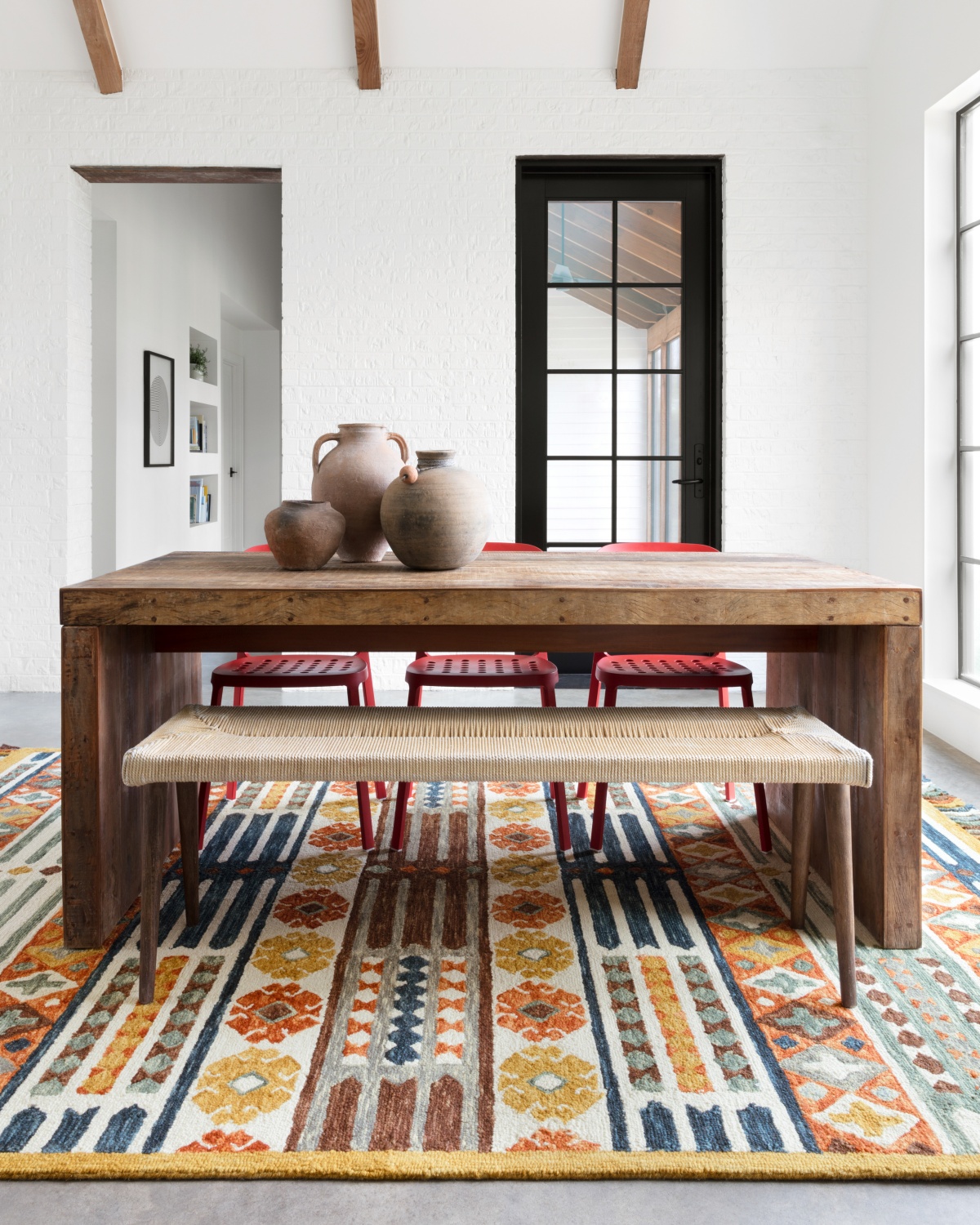
Buddhist thinking has a significant impact on wabi-sabi. The belief’s roots lie in the three marks of existence taught in Buddhism:
- Mujō (impermanence)
- Ku (suffering)
- Kū (no self-nature)
A 15th-century scholar named Murata Shukō introduced the concept of wabi-sabi through wabi-cha, a Japanese tea ceremony that used unembellished pottery. In turn, participants can embrace piety, tranquility, and other values. Wabi-sabi’s influence has since spread to various elements of Japanese culture — music, poetry, Zen gardens, flower arrangement, and more.
The Rise of Wabi-Sabi: From Japan to the World
The tail-end of the 20th century saw Western artists and designers adopting wabi-sabi. Its popularity skyrocketed after American artist, designer, and writer Leonard Koren published a book called Wabi-Sabi: For Artists, Designers, Poets, and Philosophers. The book took readers deep into wabi-sabi, giving them eye-opening insights into the concept.
Since then, more people have discovered wabi-sabi and interior designers have incorporated it in their works. Even brands like Ikea know what wabi-sabi is, and we have Belgian designer Axel Vervoordt to thank for its rise.
Famous personalities such as Twitter’s head Jack Dorsey and musician Kanye West have also jumped on the wabi-sabi bandwagon. In fact, West’s Los Angeles home puts wabi-sabi in the spotlight.
A Look At Wabi-Sabi Design Principles
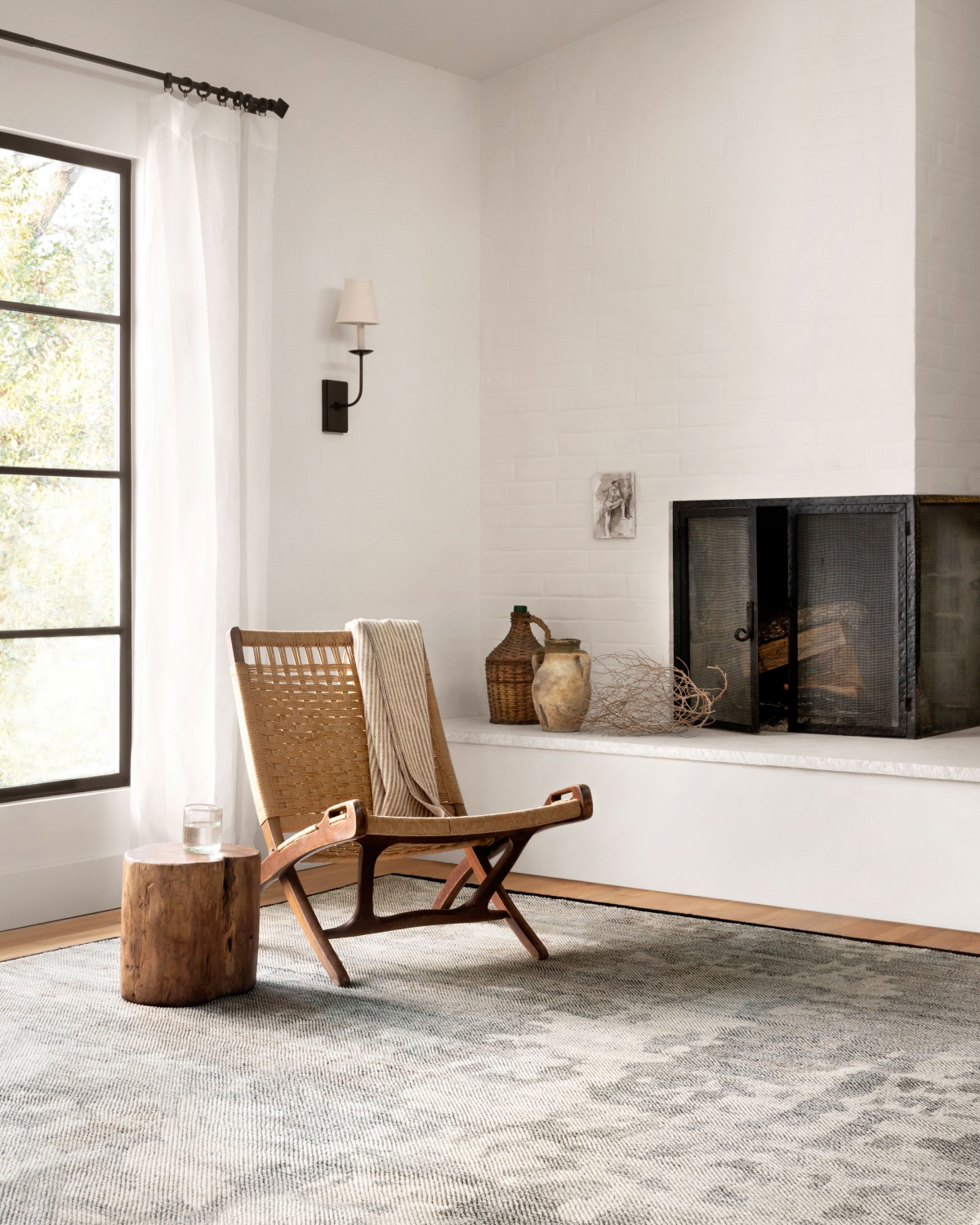
Wabi-sabi incorporates seven principles, with each concept encouraging us to embrace imperfection and simplicity. They include:
Kanso
Kanso revolves around de-cluttering and clarity. It encourages living with what you actually need, like minimalism and essentialism. When you live by Kanso, you can use whatever you think is necessary, lessen your worries, and focus on more important things.
Fukinsei
Perfect symmetry is all over art and design. However, reaching that standard can be stressful. The principle of Fukinsei tells us that asymmetry is natural and fascinating. Moreover, it makes for a wonderful world.
Shibumi
In Shibumi, you only set your eyes on refined simplicity, something you’d see in minimalist fashion and nude looks. This concept lets you showcase natural features at their simplest to keep them genuine.
Shizen
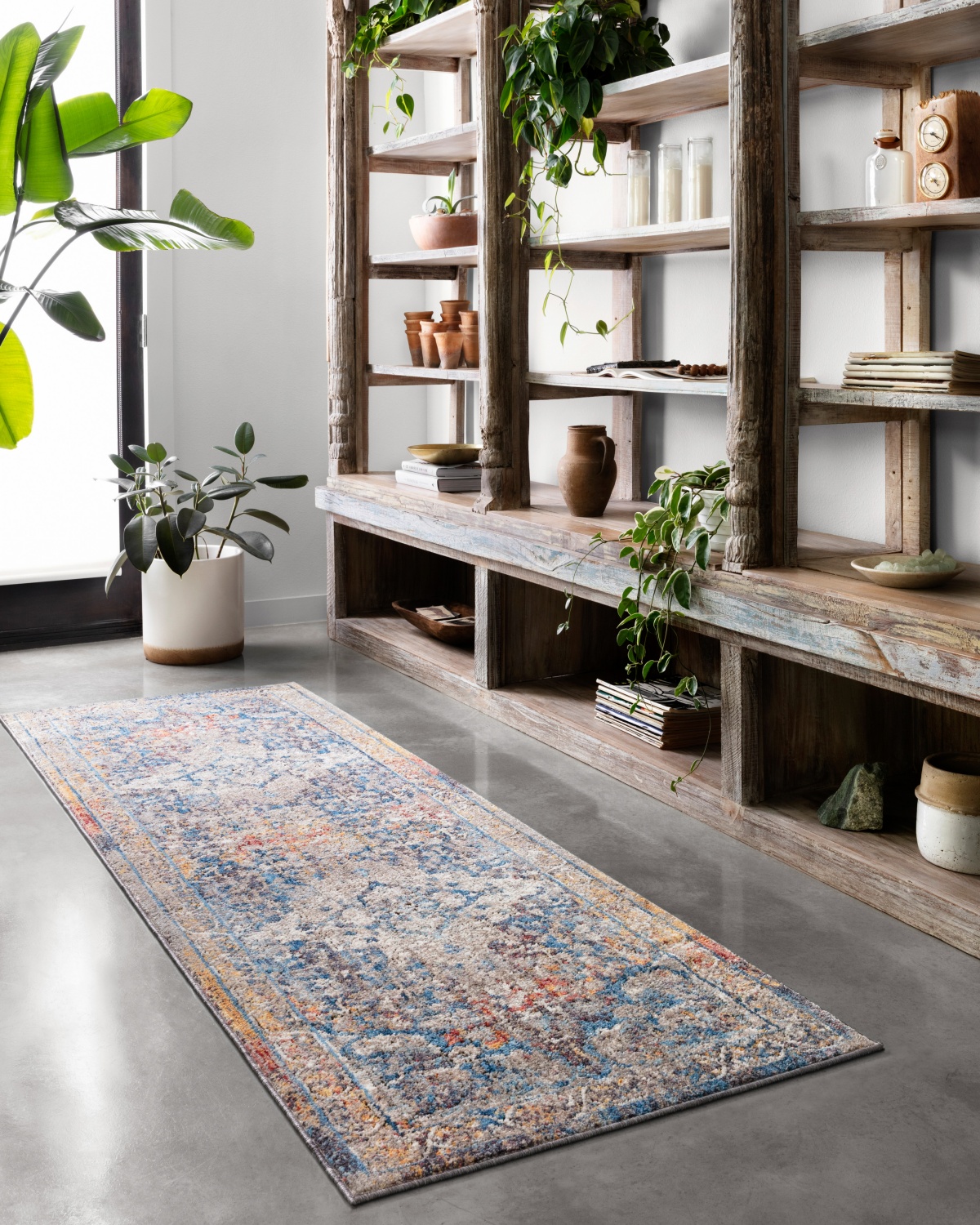
Shizen or naturalness encompasses human intervention, which sets it apart from how the West usually defines nature. Nature may be an unharmed and wild element of existence to us, but the Japanese think that it goes together with humans. The Japanese garden embodies this belief, as it was designed to be one with nature for a reason.
Yugen
Yugen lets us find beauty in mystery, and that beauty sparks endless possibilities. If you want to apply yugen to your home’s design, consider showcasing fewer elements. This way, your simple design will look as if it’s busy.
Datsuzoku
Datsuzoku is about going out of your comfort zone and trying something new. In turn, you can embrace the possibilities life has to offer.
When it comes to design, datsuzoku encourages fun and extra creativity. Repurposing overdyed (sometimes distressed) rugs is an excellent way to bring this principle of wabi-sabi into your home’s design.
Seijaku
Seijaku translates to peace, serenity, and solitude. It’s connected to mindfulness, allowing us to live and keep ourselves calm despite chaos. Seijaku is present in music’s pauses, dance and theater’s breaks in movement, and even the art of bonsai.
How Do You Create A Wabi-Sabi Home?
If you’re set on designing a wabi-sabi house, here are some tips and ideas to try out.
Decorate Your Home With A Purpose
Appreciating nature and how it’s simply attractive is rooted in wabi-sabi. So when you design your wabi-sabi home, make sure that the design shows this quality. Choose your decor carefully as those pieces will imply the lifestyle you’re after.
Give Your Interior A Natural Look
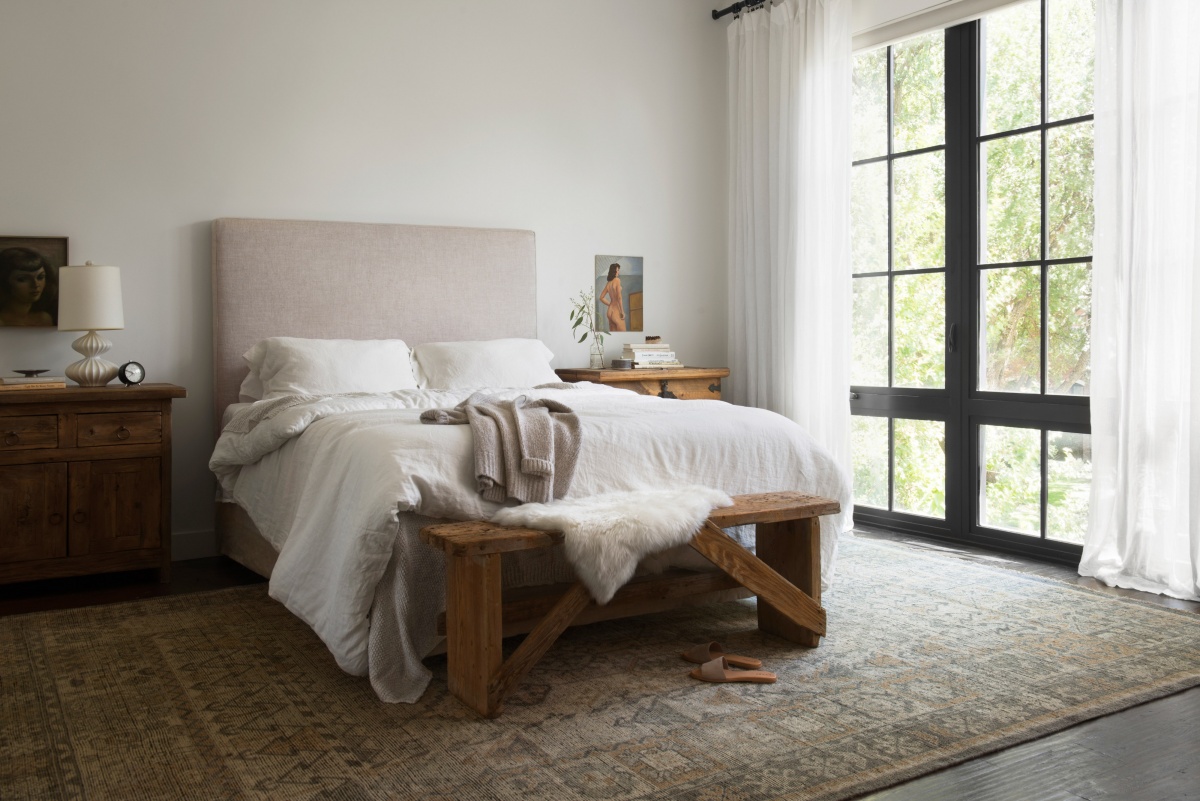
Wabi-sabi interiors mostly use earthy and mellow reds, orange, yellows, browns, and other similar shades. That’s because ancient Japanese homes had walls made from earth and mud. Furthermore, wabi-sabi interiors can have worn concrete or bricks or peeled paint for a time-worn look. Any of these colors and effects will help you create a natural-looking interior.
Add A Personal Touch To Your Space
Incorporating wabi-sabi in your space’s design doesn’t necessarily mean you should get new home decor. Furnishings with a personal touch, like eye-catching artwork or handmade vases, can be enough for a wabi-sabi home. If your space has these pieces of decor, you’ll get to celebrate authenticity and acknowledge that simple is appealing.
Create A Comfortable Space
As you embrace wabi-sabi design, ensuring a cozy and uncluttered home is important. You can do so by having some throw pillows and blankets in your space. This way, you can bring comfort to your home.
Adorn Your Home With Naturally Worn Decor
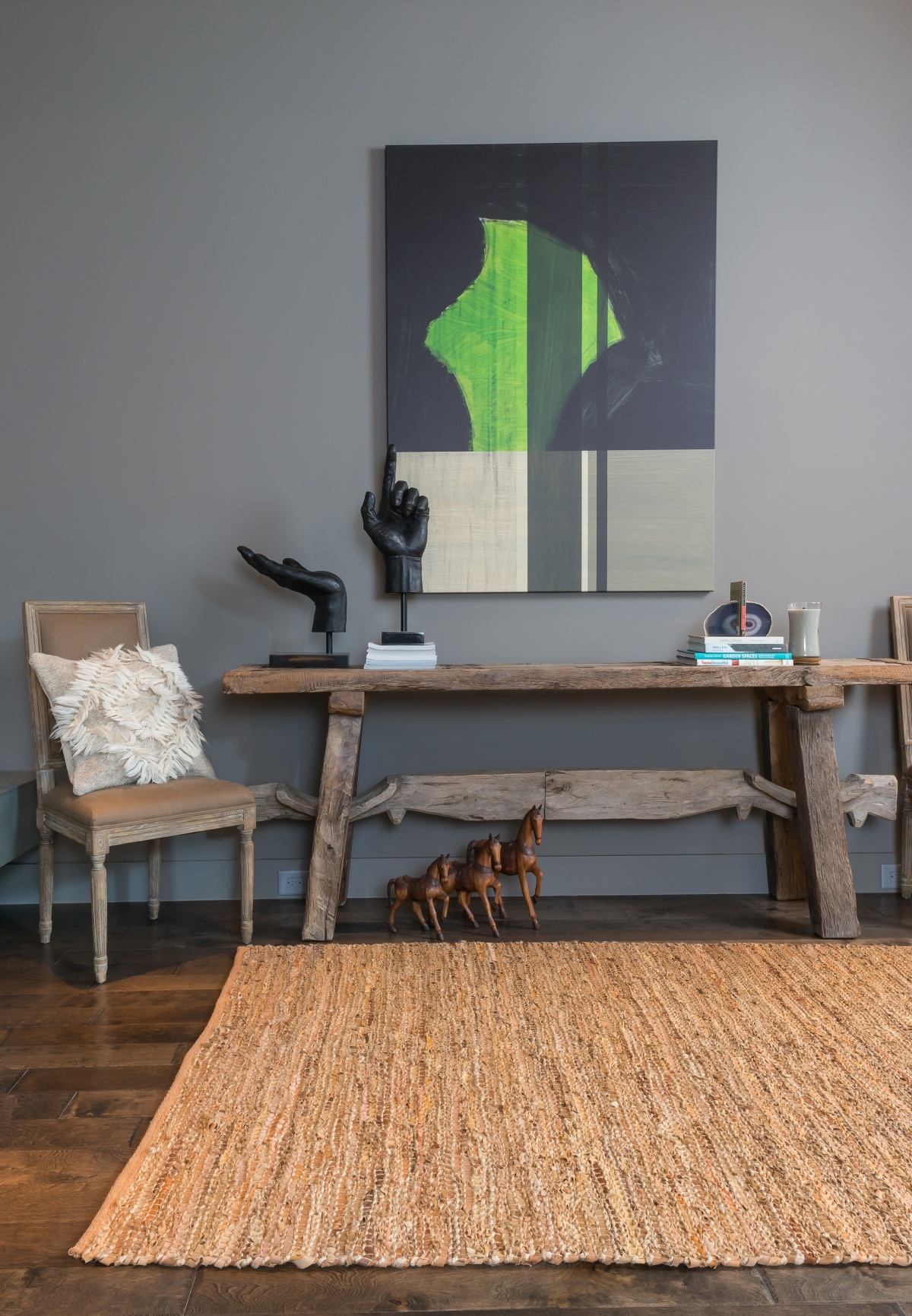
Antique furnishings with an extra touch of depth and personality can also work for a wabi-sabi home. If you’re looking for these pieces of decor, consider naturally worn furnishings with an aged finish. Hand-carved wood to put your cutting board or dining room decor like serving bowls on can be a great addition to a wabi-sabi house.
Repurpose Your Furnishings
By using home decor with a renewed intention, you’re acknowledging the world’s flaws. Those flaws show you that time passes and they have stories behind them. Repurposing furnishings lets you recognize their history and give those items a new purpose.
Simplify Your Home Life with Wabi-Sabi Design
Wabi-sabi teaches us that simplicity and imperfection are more appealing than flawlessness. You can express this thought through your home’s design, from decorating your space with essential items to repurposing furnishings. In turn, these changes encourage you to live simply and appreciate imperfection.
Need some help decorating your space? Find helpful design tips and tricks on our blog today.
